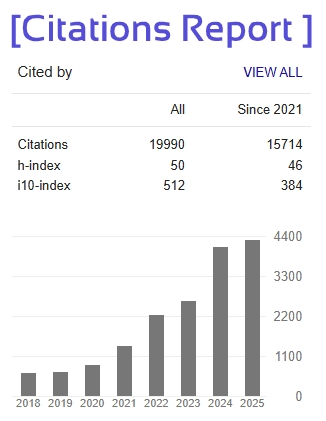Water Surface Cleaning Robot
Dhruv M. Shirke
Department of Electrical Engineering Atharva College of Engineering, Malad(w), Mumbai, India.
dhruvshirke69@gmail.com
Sahil Pawar
Department of Electrical Engineering Atharva College
of Engineering, Malad(W), Mumbai India. sahilpawar1403@gmail.vom
Devang S. Otawkar
Department of Electrical Engineering Atharva College of Engineering, Malad(W), Mumbai, India.
Otawkardevang23@gmail.com
Garima Gurjar
Assistant Professor
Dept of Electrical Engineering
Atharva College of Engineering,Malad(W), Mumbai, India
garimagurjar@atharvacoe.ac.in
Kaksha Waghmare
Department of Electrical Engineering
Atharva College Of Engineering, Malad(W), Mumbai, India.
Kakshawaghmare@gmail.com
Abstract—
With the growing concern over water pollution and the environmental impact of floating debris in water bodies, the need for efficient and sustainable solutions for water surface cleaning has become critical. This paper explores the development of an innovative water surface cleaning robot (WSCR), designed to autonomously address the issue of waste accumulation on water bodies such as rivers, lakes, and coastal regions. The proposed robot integrates several key technologies, including advanced navigation, sensing, and debris collection systems, to perform autonomous operations with minimal human intervention.
The robot is equipped with a robust propulsion system that allows it to traverse various types of water surfaces, while the on board sensor array utilizes technologies such as ultrasonic sensors, cameras, and infrared detection to identify and locate debris, ranging from plastics to organic matter. The cleaning mechanism consists of a collection system capable of efficiently scooping and storing floating debris, which is then transported to an on board storage compartment. In terms of power, the robot is designed to be energy-efficient, using renewable energy sources such as solar panels to ensure long-duration operation.
To enhance usability and monitoring capabilities, the WSCR incorporates a real-time communication interface, allowing remote operation and the ability to track the robot’s performance and progress through a centralized control system.
Prototype testing and field experiments were conducted in various water environments, demonstrating the robot’s effectiveness in both urban and natural settings. The results indicate that the WSCR is capable of significantly reducing the accumulation of floating waste, contributing to the preservation of water quality and promoting ecosystem health.
Future developments will focus on improving the robot's mobility in more challenging environments, optimizing its debris collection efficiency, and integrating it with broader environmental management frameworks to facilitate scalable, long-term solutions for water surface cleaning.
KEYWORDS: Water SURFACE CLEANING, AQUATIC WASTE REMOVAL, AUTONOMUS CLEANER







